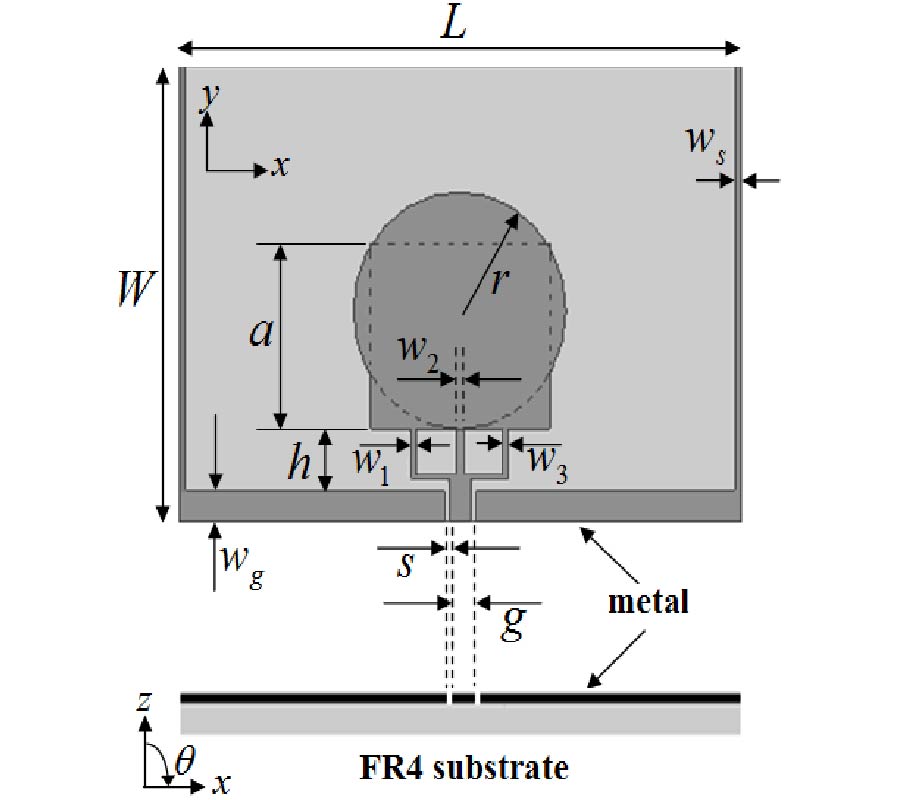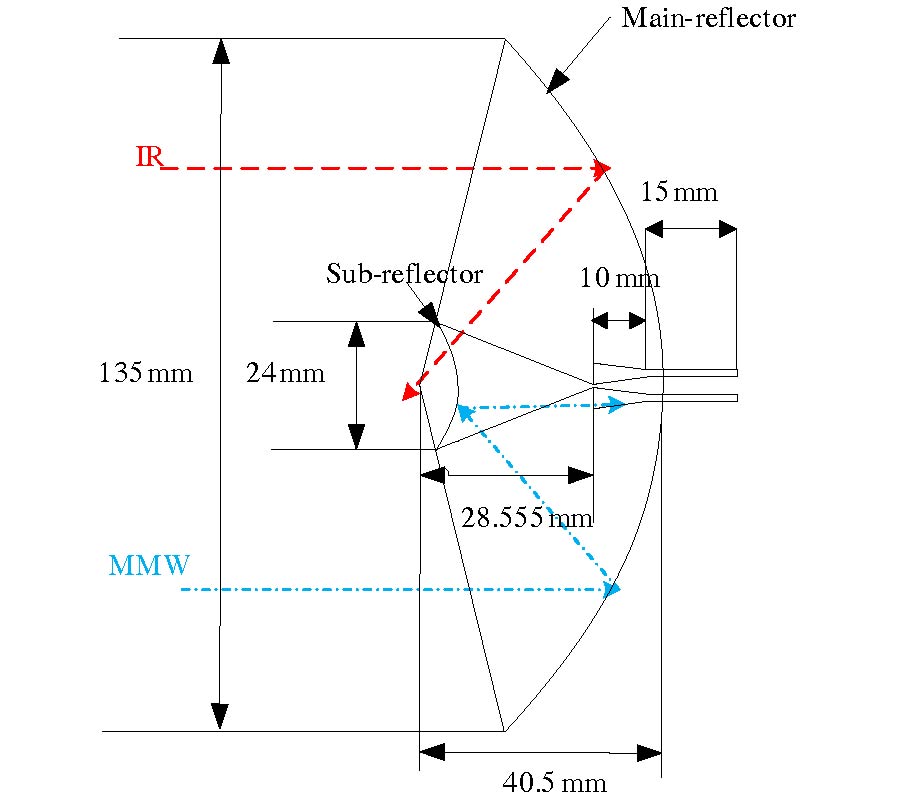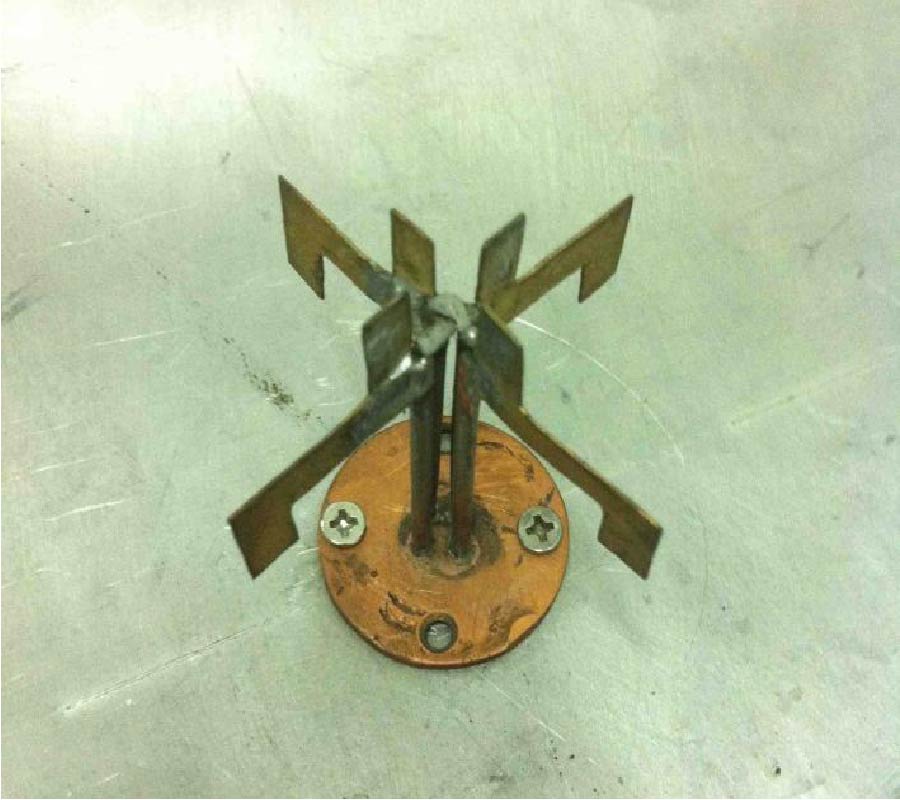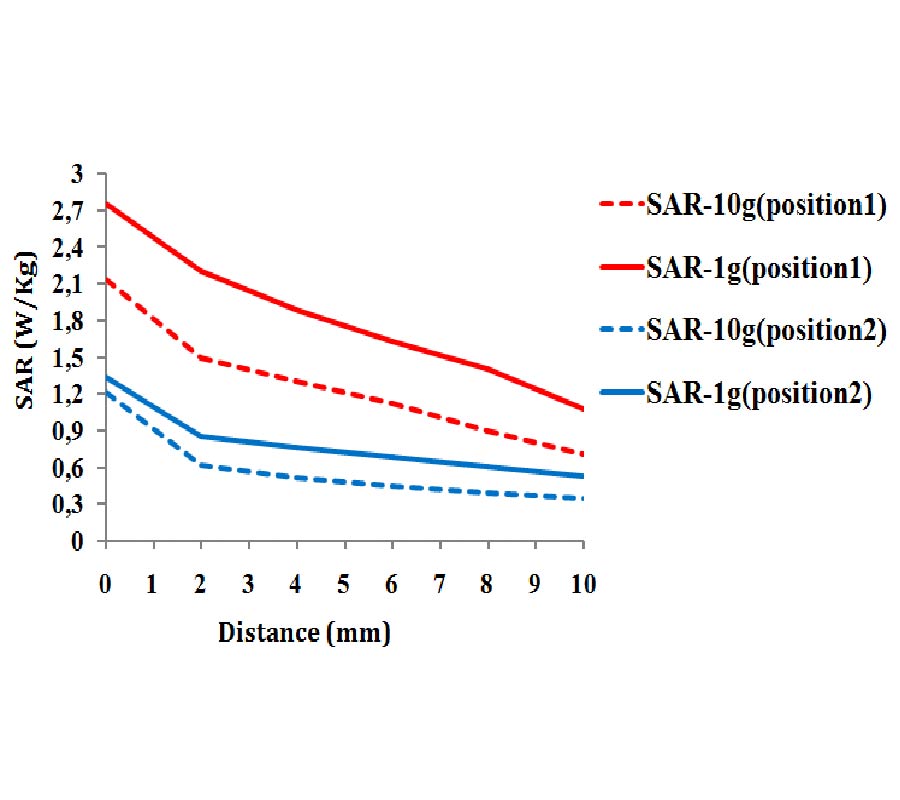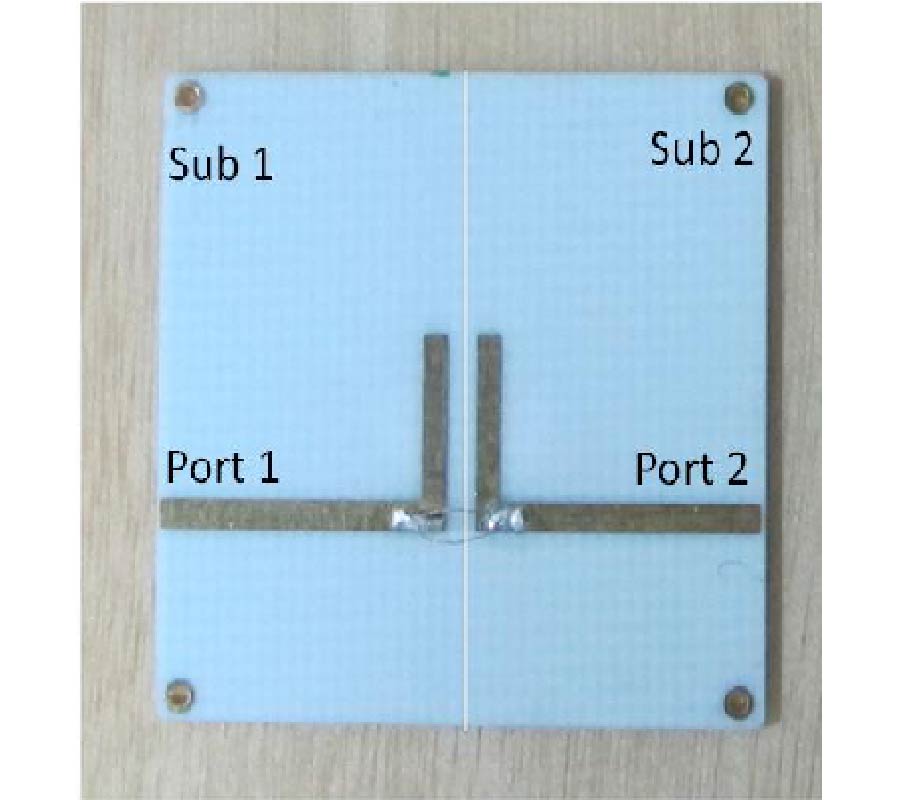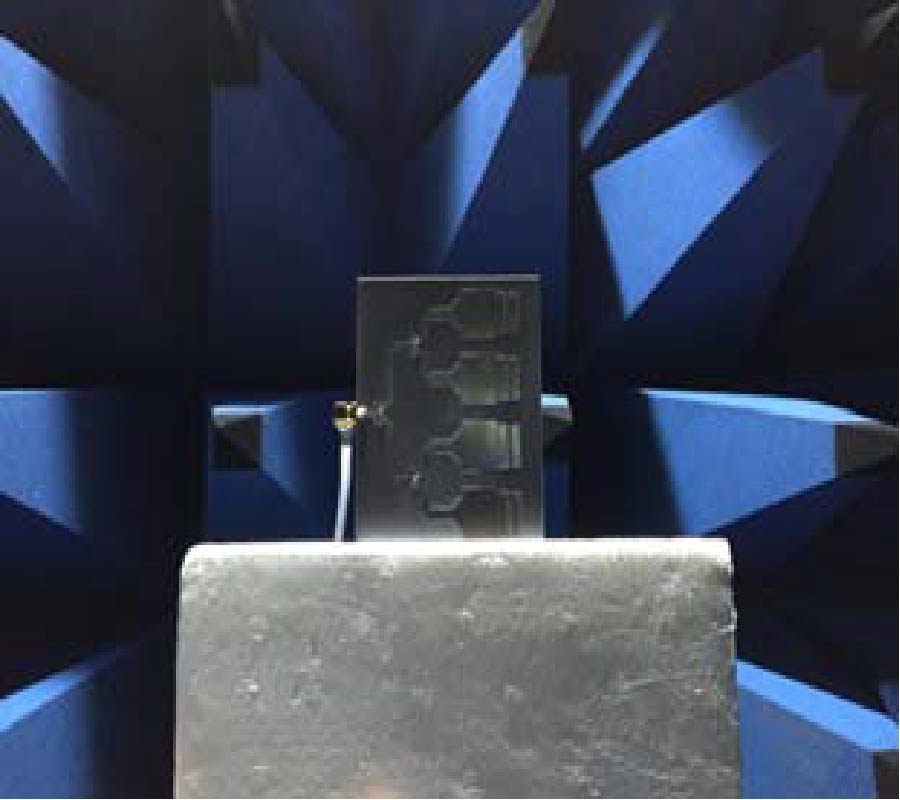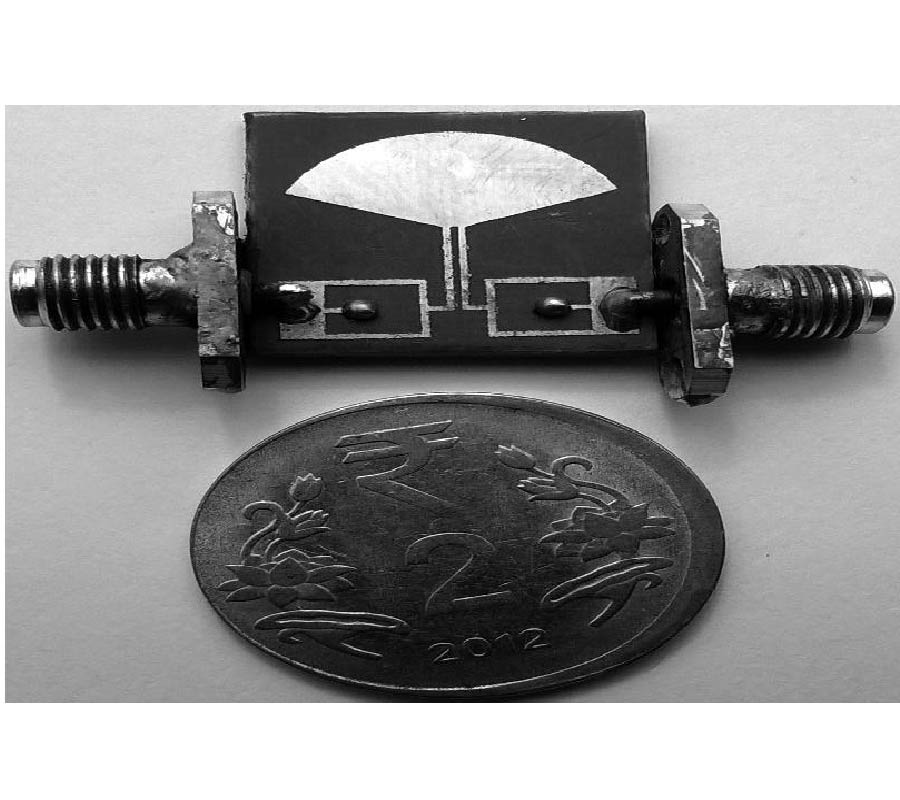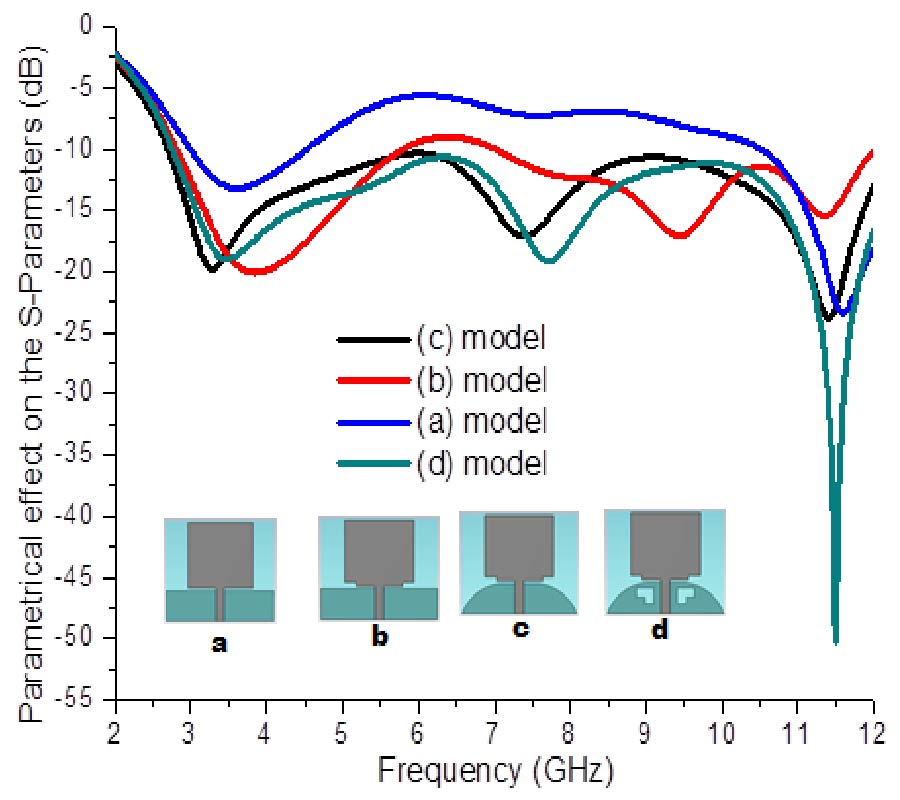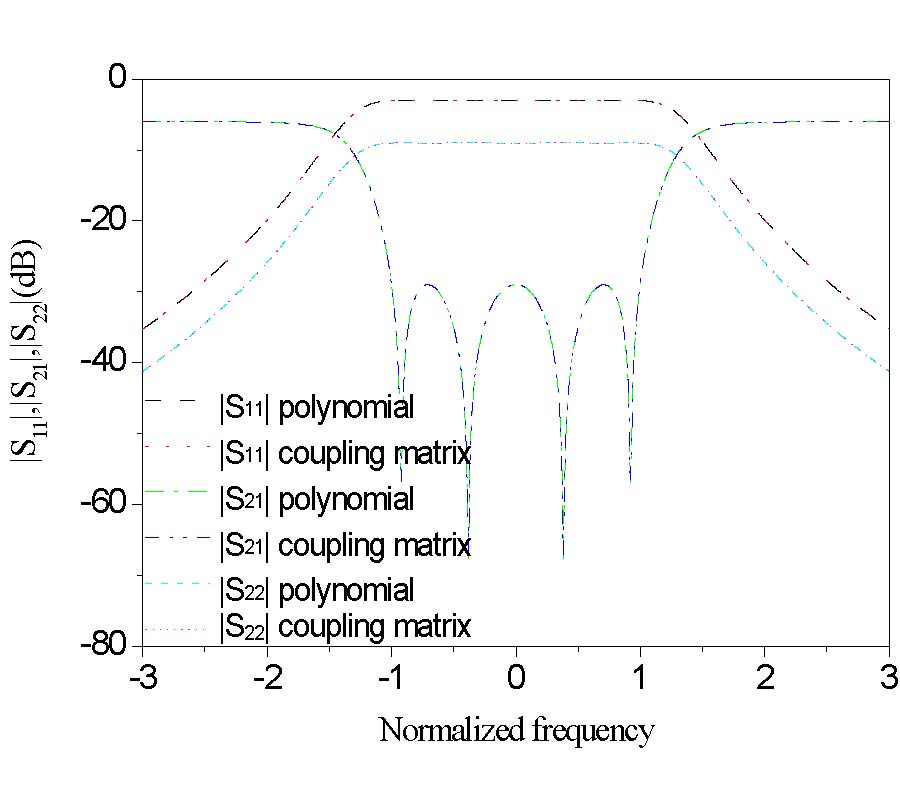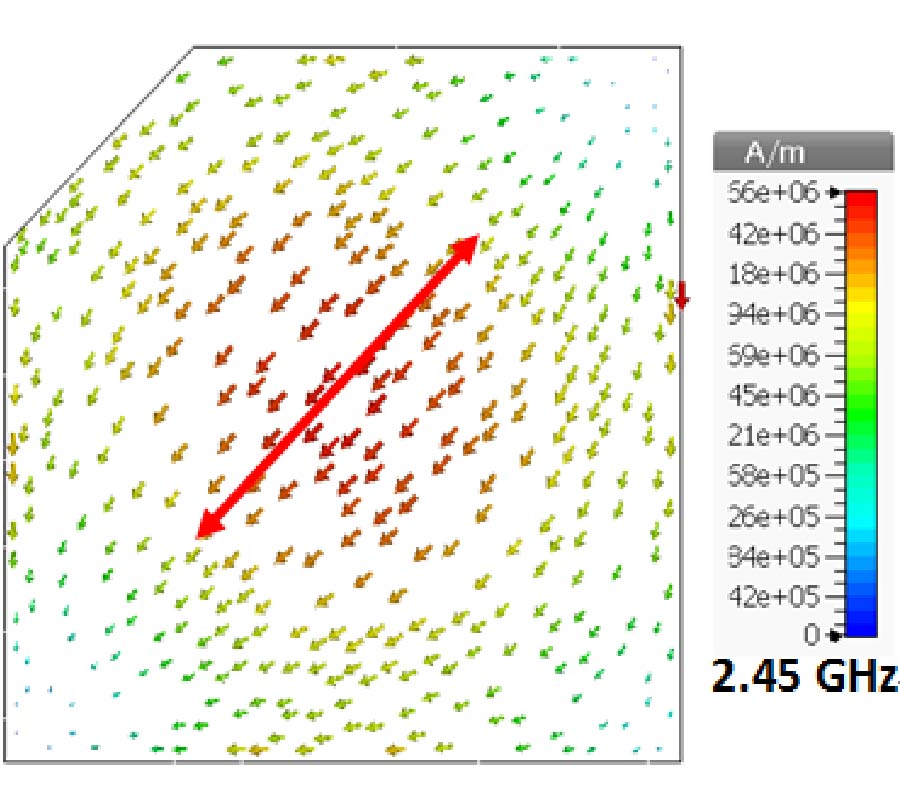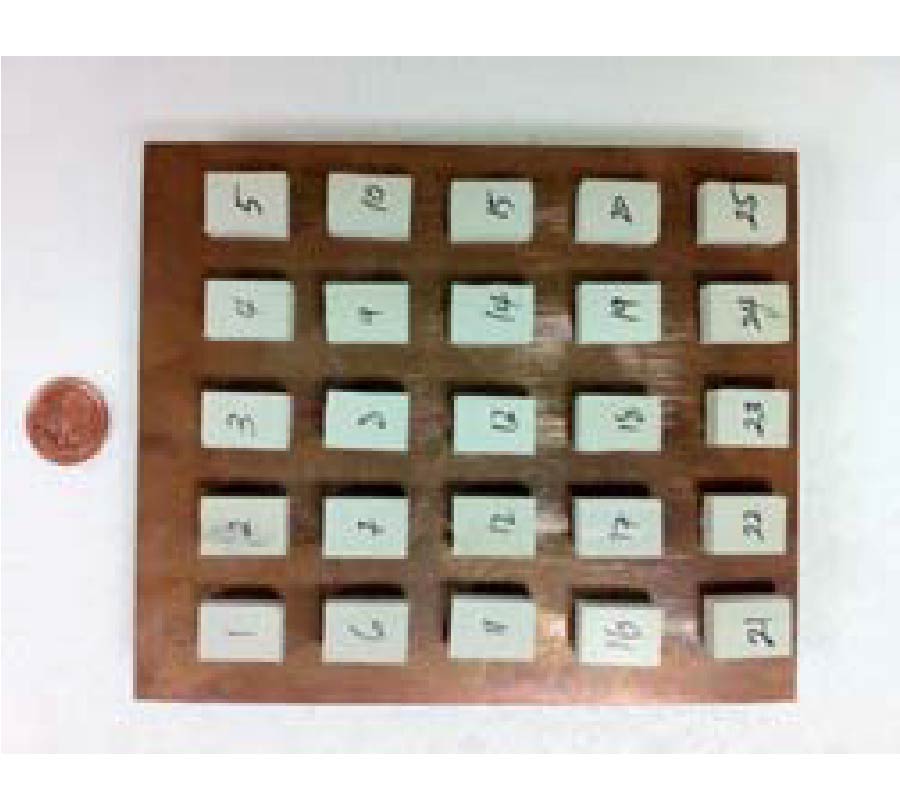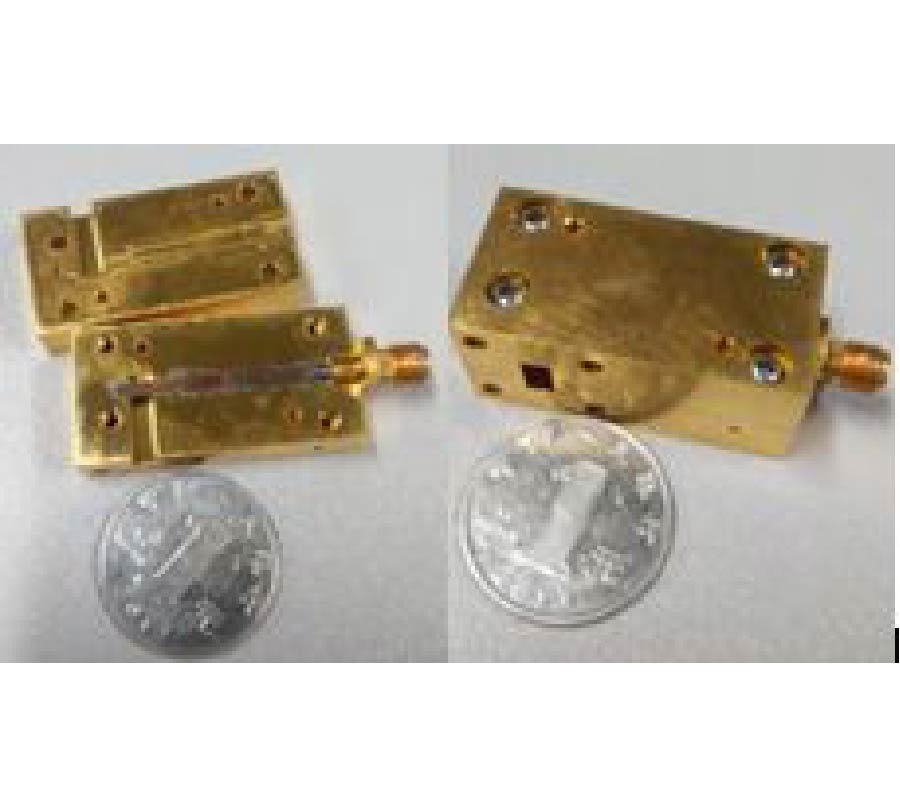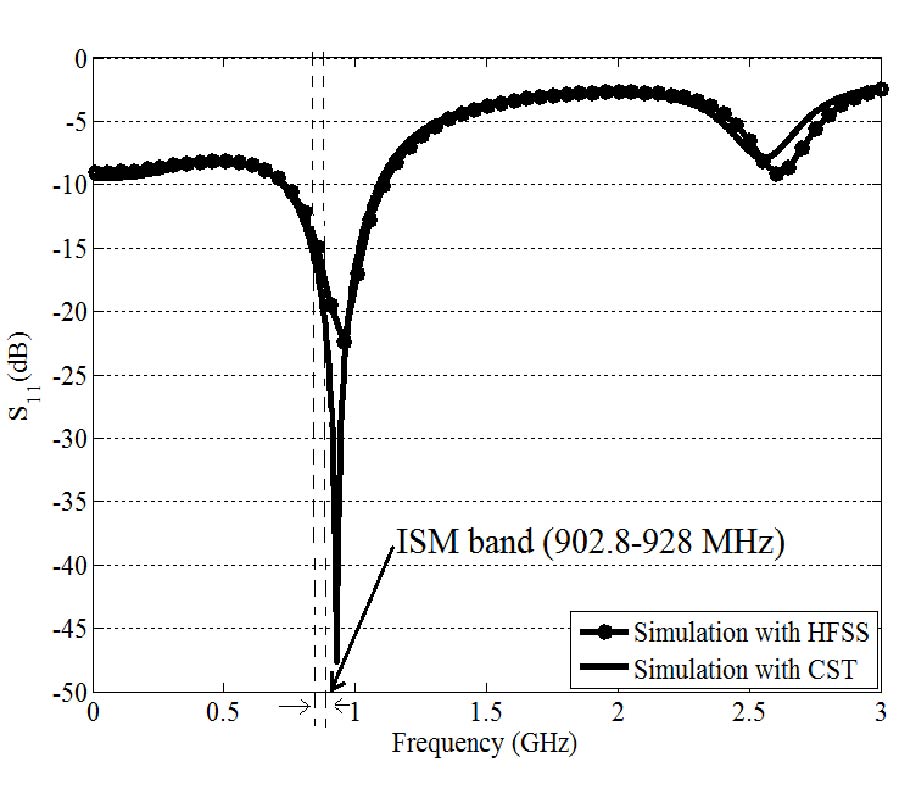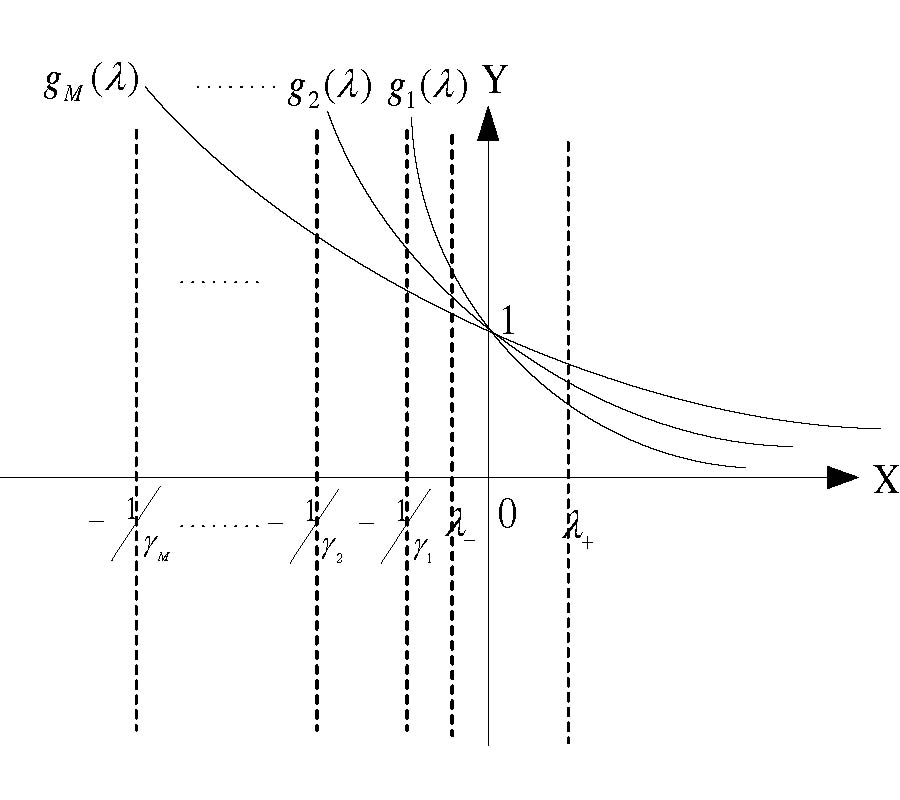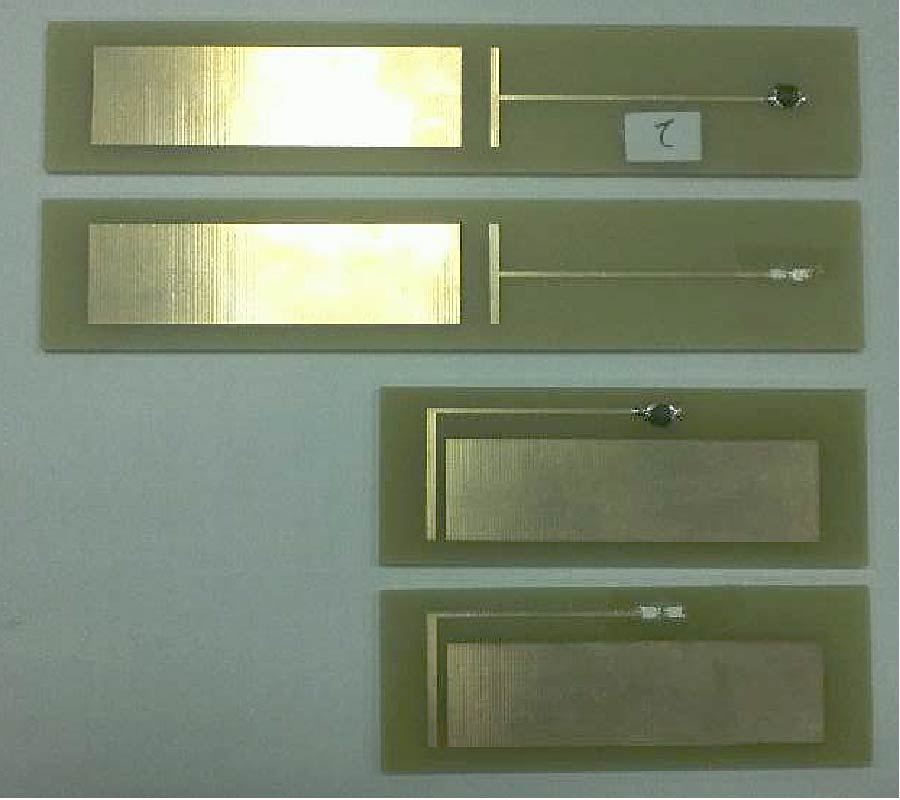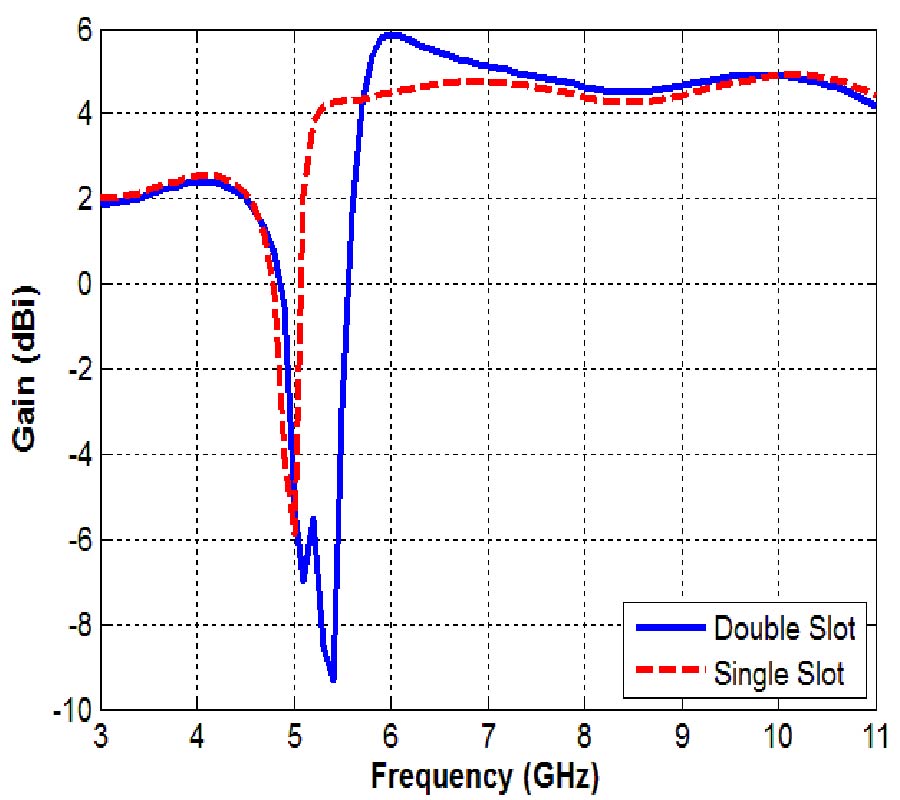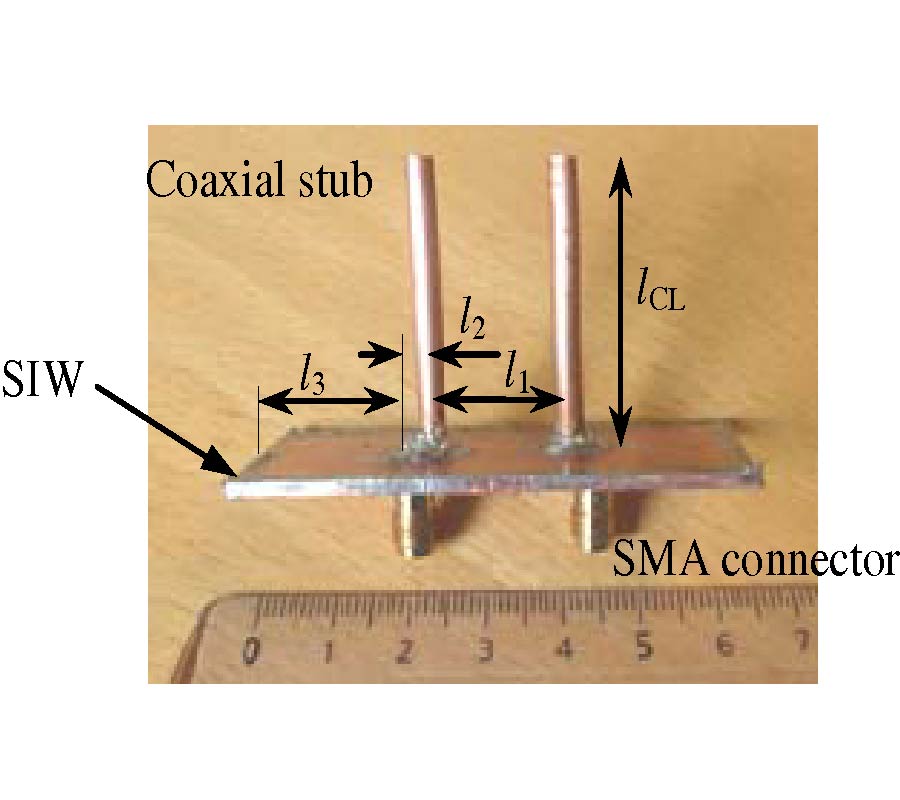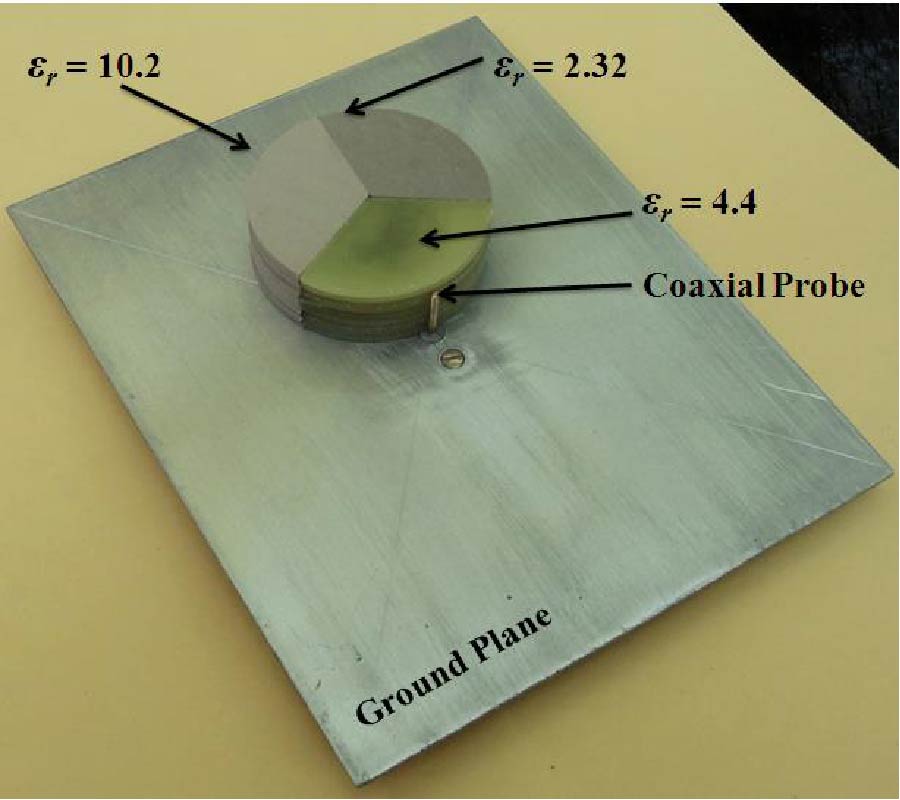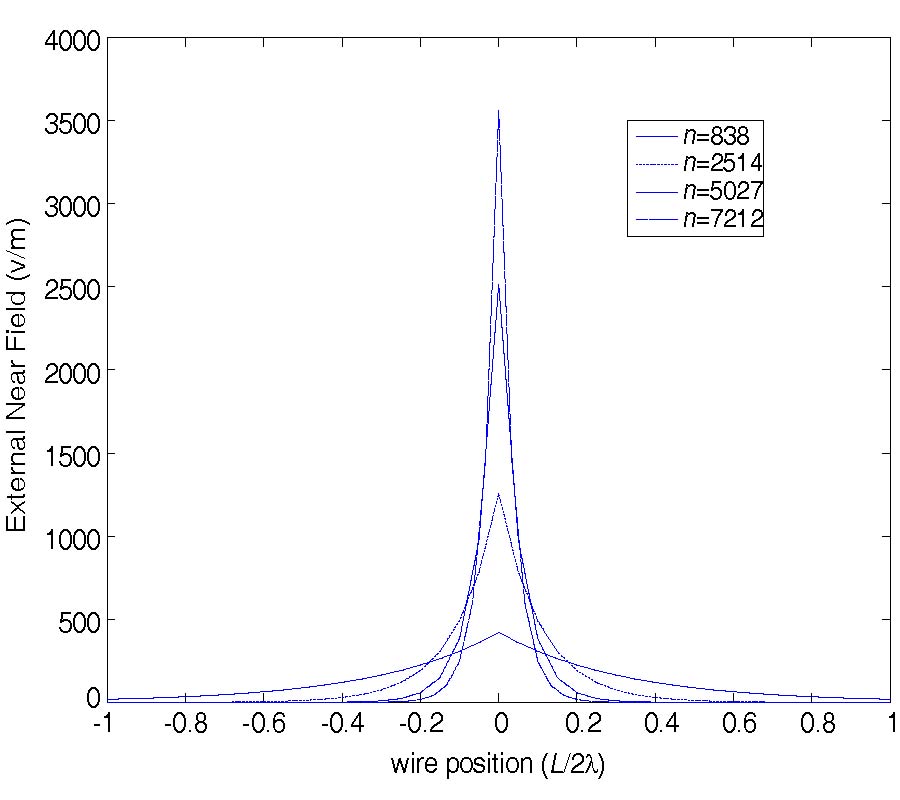Design and Performance of a W-Band MMW/IR Compound Cassegrain Antenna System with a Hyperbolic Sub-Reflector Based on Frequency Selective Surface
Min Han,
Guo-Qiang Zhao,
Mang He,
Pei Zheng,
Zhang-Feng Li,
Cheng Jin and
Hou-Jun Sun
A MMW/IR compound Cassegrain antenna system for mono-pulse radar applications is presented in this paper. By comparing different modeling methods of conformal frequency selective surface (CFSS), a sub-reflector, with a good performance of reflection at 93 GHz and transparency at the wavelength of 1.06 μm, is achieved according to sputtering technique. At the wavelength of 1.06 μm, transmittance of the sub-reflector is 67%. Compared to a Cassegrain antenna system consisting of a metallic sub-reflector with identical size, the gain of the compound antenna system has a negligible loss (less than 0.4 dB) at 93 GHz. Compared with the patent in [13], the design can improve the limited size of receiving system and the utilization of aperture of the compound detection system at IR region, and can also enhance the heat dissipation.
